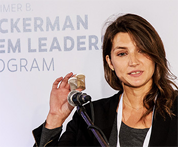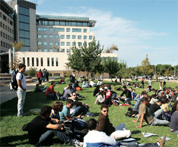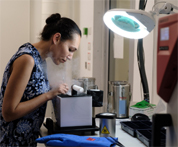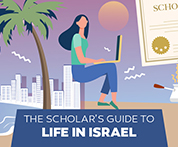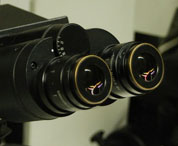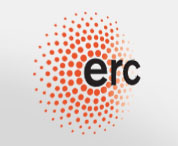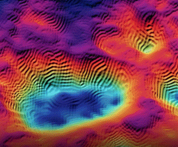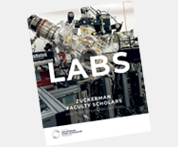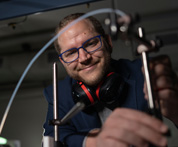Description of lab research areas
The brain is geared to support attention and memory, two crucial gating actions that enable adaptive behavior and learning, augmenting our interaction with the world.
Mechanisms of attention limit sensory processing, filtering irrelevant information, whereas memory filters experiences according to their salience, encoding important events for long-term storage, and effectively defining self-identity and future behavior based on past experience.
Consistent with this view, the research program of the Citri lab follows two main trajectories, addressing fundamental aspects of brain function in mice:
A) Probing the circuit basis of attention, with a specific focus on the hypothesized role of the claustrum in selective attention. To this end we are applying integrated approaches to decipher the principles defining the circuit organization of the claustrum, its physiological functions, and its roles in behavior.
B) Studying the molecular and neural circuit mechanisms supporting adaptive and maladaptive experience-dependent plasticity, underlying the development of habits, compulsions and addiction. We focus on striatal circuits, applying a broad range of molecular-genetic approaches for circuit analysis and manipulation.
In order to comprehensively address these research questions, we have developed a comprehensive toolkit of fine-grained integrated experimental approaches in our lab, covering behavior, physiology, anatomy and transcription. For example, we implement detailed investigation of transcription using RNAseq, microfluidic qPCR, single-cell RNAseq, single-molecule ISH etc’ – providing comprehensive, well controlled and cost-efficient analysis of gene expression with high spatial resolution. Similarly, in order to address complex behaviors, we have developed automated behavior systems, which support multi-modal individualized training of multiple mice co-housed in their homecage environment, as well as smooth transition to head-fixed and freely moving setups for optical (multiplexed fiber photometry) and electrophysiological (single cell, multi-unit and neuropixels) recordings. We have similarly developed approaches for opto- and chemo- genetic perturbation of anatomically or genetically defined neuronal populations in order to address their impact on circuit physiology, and their behavioral roles.
These examples are intended to provide the flavor of our labs’ approach –fearlessly pursuing the implementation of cutting-edge techniques necessary to push the envelope.
Required elements for research-based postdoc applications
Candidates must hold a PhD degree in Neuroscience or a related discipline (Biology, Physics, Computer Science) and have a deep interest in physiology and behavior.
Published experience in electrophysiology, rodent behavior and imaging is an advantage.
Candidates should be proficient in English.
Relevant publications:
Terem A, Gonzales BJ, Peretz-Rivlin N, Ashwal-Fluss R, Bleistein N, Reus-Garcia MM, Mukherjee D, Groysman M and Citri, A. Claustral neurons projecting to frontal cortex mediate contextual association of reward. Current Biology (paper can be found here).
Gonzales BJ, Mukherjee D, Ashwal-Fluss R, Loewenstein Y and Citri A, Subregion-Specific Rules Govern the Distribution of Neuronal Immediate-Early Gene Induction. Proceedings of the National Academy of Sciences 201913658, 2019
Clayton DF, Anreiter I, Aristazabal M, Frankland PW, Binder EB and Citri A, The role of the genome in experience-dependent plasticity: Extending the analogy of the genomic action potential. Proceedings of the National Academy of Sciences, 201820837, 2019
Lipton DM, Gonzales BJ, and Citri A, Dorsal striatal circuits for habits, compulsions and addictions. Frontiers in Systems Neuroscience 13, 28, 2019
Atlan G, Terem A, Peretz-Rivlin N, Sehrawat K, Gonzales BJ, Pozner G, Tasaka G-I, Goll Y, Refaeli R, Zviran O, Lim BK, Groysman M, Goshen I, Mizrahi A, Nelken I and Citri A, The Claustrum Supports Resilience to Distraction. Current Biology 28 1-11, 2018
Mukherjee D, Ignatowska-Jankowska BM, Itskovits E, Gonzales BJ, Turm H, Izakson L, Haritan D, Bleistein N, Cohen C, Amit I, Shay T, Grueter BA, Zaslaver A and Citri A, Salient Experiences are Represented by Unique Transcriptional Signatures in the Brain. eLife 7:e31220, 2018
Brown S, Mathur B, Olsen S, Luppi PH, Bickford M and Citri A, New Breakthroughs in Understanding the Role of Functional Interactions Between the Neocortex and the Claustrum. The Journal of Neuroscience 37(45):10877-10881, 2017
Atlan G, Terem A, Peretz-Rivlin N, Groysman M and Citri A, Mapping Synaptic Cortico- Claustral Connectivity in the Mouse. Journal of Comparative Neurology 525(6):1381-1402, 2017
Citri A, Berretta S, Claustral Delusions, Claustrum Research 1:1 (31426), 2016
Goll Y, Atlan G and Citri A, Attention: The Claustrum. Trends in Neurosciences 38: 486-95, 2015
Liu J, Mukherjee D, Haritan D, Ignatowska BJ, Liu J, Citri A and Pang ZP, High on food: the interaction between the neural circuits for feeding and for reward. Frontiers in Biology 10: 165-176, 2015
Turm H, Mukherjee D, Haritan D, Tahor M and Citri A, Comprehensive analysis of transcription dynamics from brain samples following behavioral experience. Journal of Visualized Experiments DOI: 10.3791/51642, 2014
Citri A, Malenka RC, Synaptic Plasticity: Multiple Forms, Functions, and Mechanisms Neuropsychopharmacology 33:18-41, 2008
Contact details:
The Citri lab for Experience-Dependent Plasticity
The Edmond and Lily Safra Center for Brain Sciences, and the Alexander Silberman Life Science Institute @ The Hebrew University of Jerusalem
www.citrilab.com
[email protected]
+972-2-6584978
1106 Goodman Building, ELSC, Safra Campus of the Hebrew University, Jerusalem 9190401
 ISRAELI COUNCIL FOR HIGHER EDUCATION
ISRAELI COUNCIL FOR HIGHER EDUCATION MIT-Israel Zuckerman STEM Fund for Faculty Collaboration
MIT-Israel Zuckerman STEM Fund for Faculty Collaboration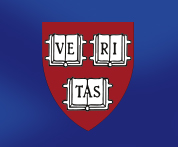 The Zuckerman Travel and Research STEM Fund at Harvard
The Zuckerman Travel and Research STEM Fund at Harvard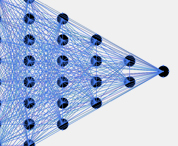 Zuckerman AI Fund at Technion
Zuckerman AI Fund at Technion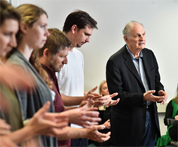 Alan Alda Communicating Science
Alan Alda Communicating Science Zuckerman Institute – ScienceAbroad
Zuckerman Institute – ScienceAbroad Zuckerman Institute – America-Israel Friendship League partnership
Zuckerman Institute – America-Israel Friendship League partnership
